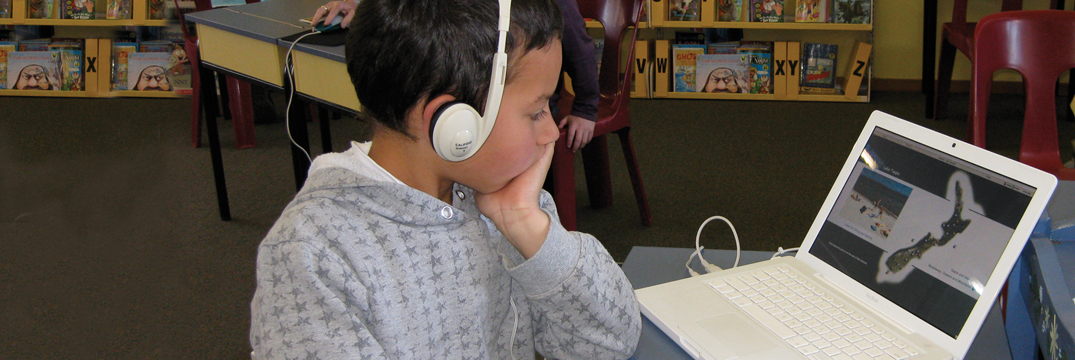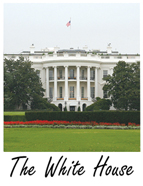 |
| Overview: Students
at year 4 had substantial difficulty in locating New Zealand
places on a map and in finding countries such as the United States
and the United Kingdom on a map. They did not fare much better
in discussing international issues. The positive here is that
growth is seen in these tasks from year 4 to year 8. There is
still clearly room to grow, but year 8 students performed substantially
better than year 4 students. Between 2005 and 2009, there was
a very small decline in performance at both year levels. |
The
assessments included eight tasks investigating students’ knowledge,
understandings and processes in the area of place and environment.
This area focuses on developing understanding of people’s
interactions with places and the environment, and the ways in
which people represent and interpret place and environment. Several
of the national monitoring tasks explored students’ factual
knowledge of New Zealand and the world.
 Identifying locations within New Zealand or around the world proved
particularly difficult for year 4 students, as was discussing issues
or providing explanations of concepts of place and environment.
Students had great difficulty in identifying photos of New Zealand
places and locating them on a map (Spot
the Dot, p28). They also
had great difficulty in finding other countries on a map (World
Wide, p27). Only one quarter of year 4 students could locate the
United States, and only 20% could find the UK. The good news here
is that moderately strong growth is seen from year 4 to year 8,
particularly with regard to finding New Zealand locations. Discussing
international issues such as refugees was also hard for the year
4 students, and substantial growth was seen from year 4 to year
8 (Refugees, p26). Identifying locations within New Zealand or around the world proved
particularly difficult for year 4 students, as was discussing issues
or providing explanations of concepts of place and environment.
Students had great difficulty in identifying photos of New Zealand
places and locating them on a map (Spot
the Dot, p28). They also
had great difficulty in finding other countries on a map (World
Wide, p27). Only one quarter of year 4 students could locate the
United States, and only 20% could find the UK. The good news here
is that moderately strong growth is seen from year 4 to year 8,
particularly with regard to finding New Zealand locations. Discussing
international issues such as refugees was also hard for the year
4 students, and substantial growth was seen from year 4 to year
8 (Refugees, p26).
Seven tasks were identical for both year 4 and year 8. One task
was administered only to year 8 students. Three are trend tasks
(fully described with data for both 2005 and 2009), and five are
link tasks only partially described here so that they might be
used in a later administration.
The tasks are presented in two sections: trend tasks, then link
tasks. Within each section, tasks administered to both year 4 and
year 8 students are presented first, followed by tasks administered
only to year 8 students.
Place and environment tasks showed a moderate gain from year 4
to year 8. Averaged across 67 task components administered to both
year 4 and year 8 students, 13% more year 8 than year 4 students
succeeded with these components.
On the trend tasks, there was a small decline at both year 4 and
year 8 between 2005 and 2009. Averaged across 34 trend task components
attempted by
year 4 students in both years, 2% fewer students succeeded in 2009
than in 2005. At year 8, also with 34 trend task components included,
again a 2% average decline was seen from 2005 to 2009. |
|